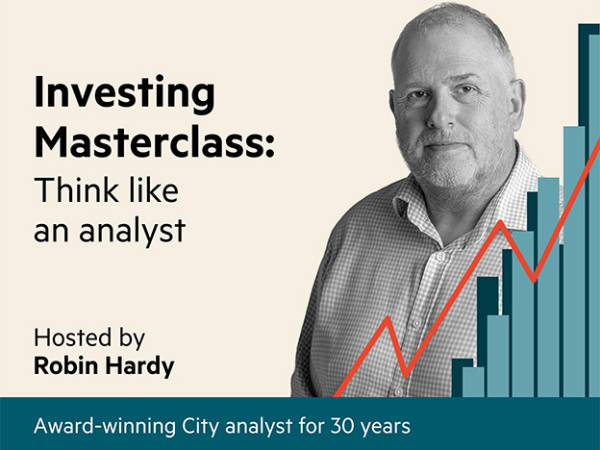People assume there is a relationship between unemployment and inflation. The theory goes that when unemployment is low, labour has more bargaining power and can ask for higher wages. Companies then pass the higher wages onto customers through price rises. The order of events sounds intuitive.
There is a curve to go with the theory that makes it seem scientific. The Phillips Curve is an economic model hypothesized by William Phillips in 1958. It shows an inverse relationship between the rate of unemployment and inflation between 1861 and 1957. The curve slopes downward which means, in the 100 years sampled, when unemployment was low inflation was high.
However, in the 1970s the curve was criticised heavily when both inflation and unemployment hovered around 10 per cent. The opposite has happened recently. Since 2010, the UK has gone through a period of both low unemployment and inflation. The graph below we put together using UK data between 1991 and 2021 shows almost no relationship between the two variables. At worst, it might be upward sloping.
It seems odd then that central bankers care so much about unemployment statistics. Governor of the Bank of England Andrew Bailey said last week that tight labour markets are contributing to domestic inflation. However, if strengthening labour negotiating power was really pushing inflation higher, then real wages wouldn’t have fallen by 3 per cent in the second quarter of the year.
The labour market is also incredibly weird currently which makes drawing inferences from it based on historical data very difficult. The unemployment rate of 3.8 per cent is as low as it has been for 50 years. However, the employment rate is a percentage point below pre-pandemic level because lots of people have dropped out of the workforce due to long-term sickness. Shockingly, currently 10 per cent of the UK population is on an NHS waiting list.
A possible theory is that people dropping out the workforce for medical reasons could be partly deflationary. Yes, a lower supply of labour means companies will pay higher wages to attract employees. However, if more people are living on benefits then they will spend less on goods and without potential future income will have less access to credit.
The main culprit for the current bout of inflation is obviously soaring gas prices. But beyond that there is also the impact of a weakening pound making imports more expensive. Since the beginning of the year it has weakened 10 per cent against the dollar. Brexit doesn’t help. In Games Workshop’s annual report, it said leaving the EU had added £3.4mn of additional supply chain costs. There are many more companies like it.
There are lots of reasons why the UK is suffering such bad inflation. However, there is no strong evidence that unemployment is one of them, even if there is a curve that hypothesises it. Economics is a bit of measuring, a bit of guessing and a lot of storytelling.
_
This content is published weekly in The Squeeze newsletter, which is a fresh, new take on investment news giving less experienced investors the what and why of the latest pressing stories. Delivered every Friday.
Click here to sign up to receive The Squeeze newsletter every week.







